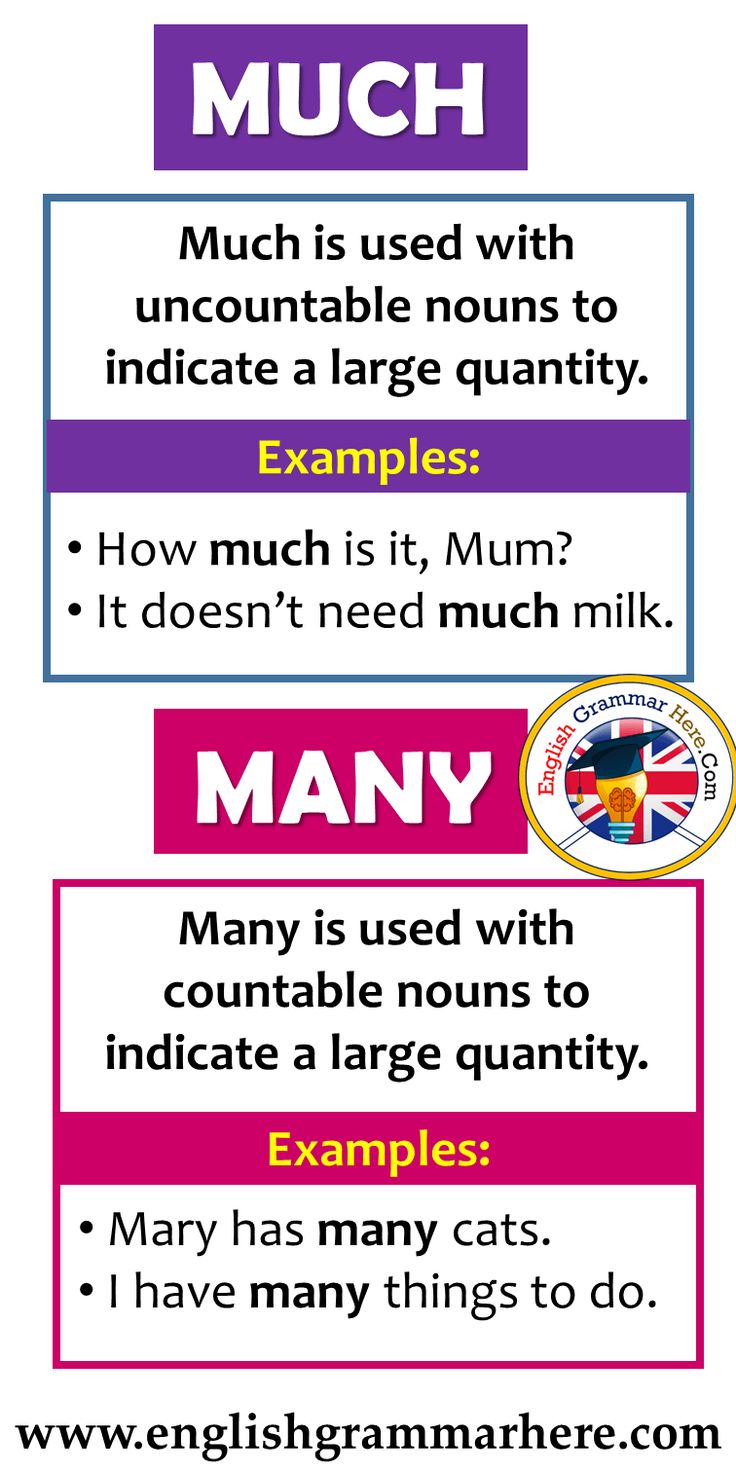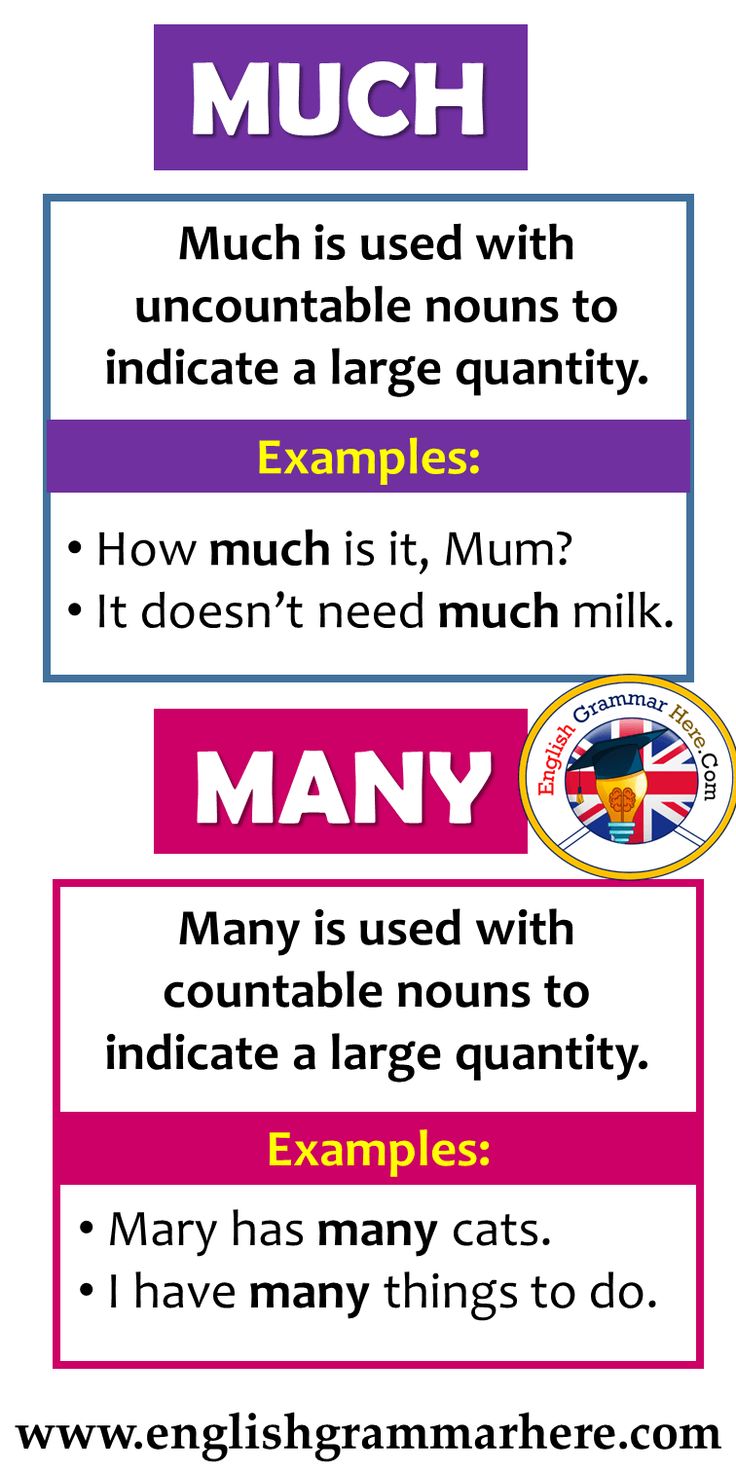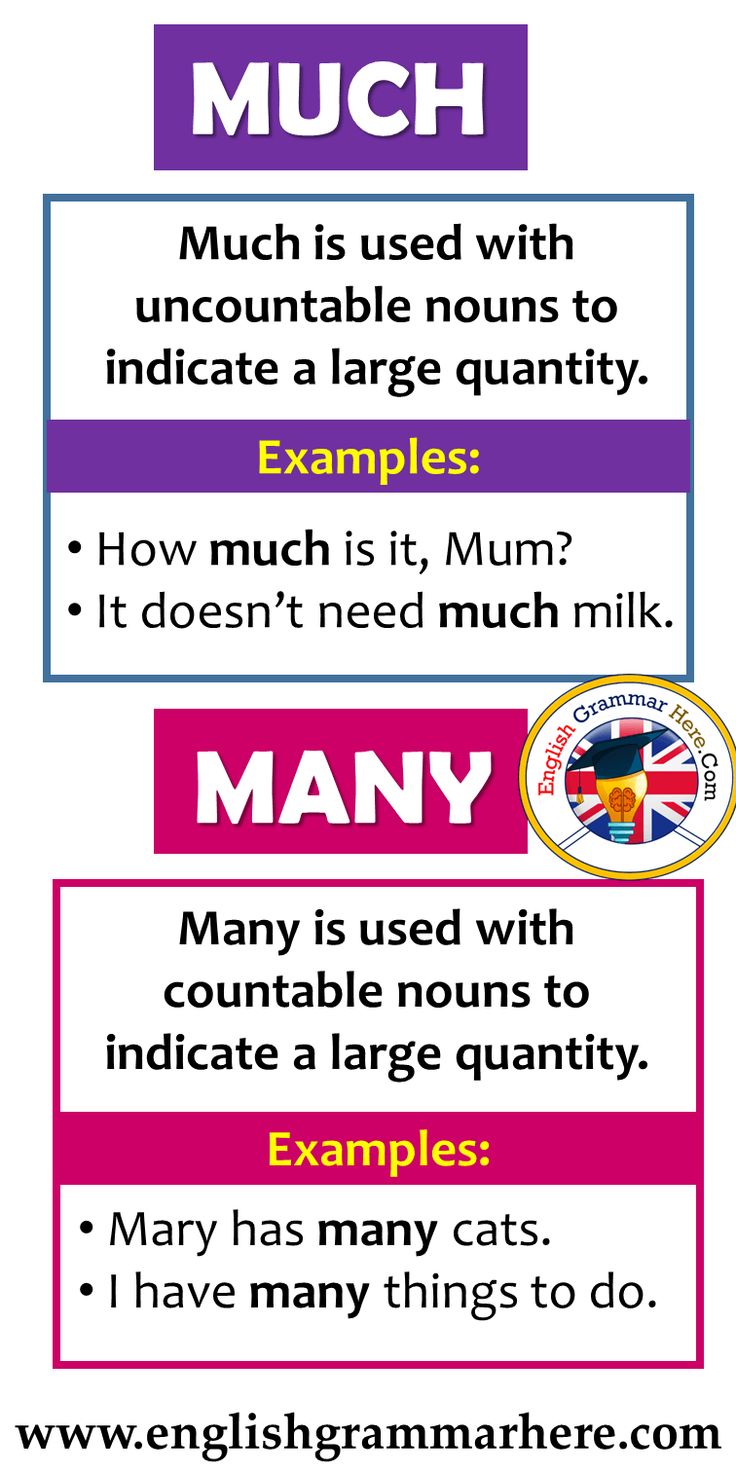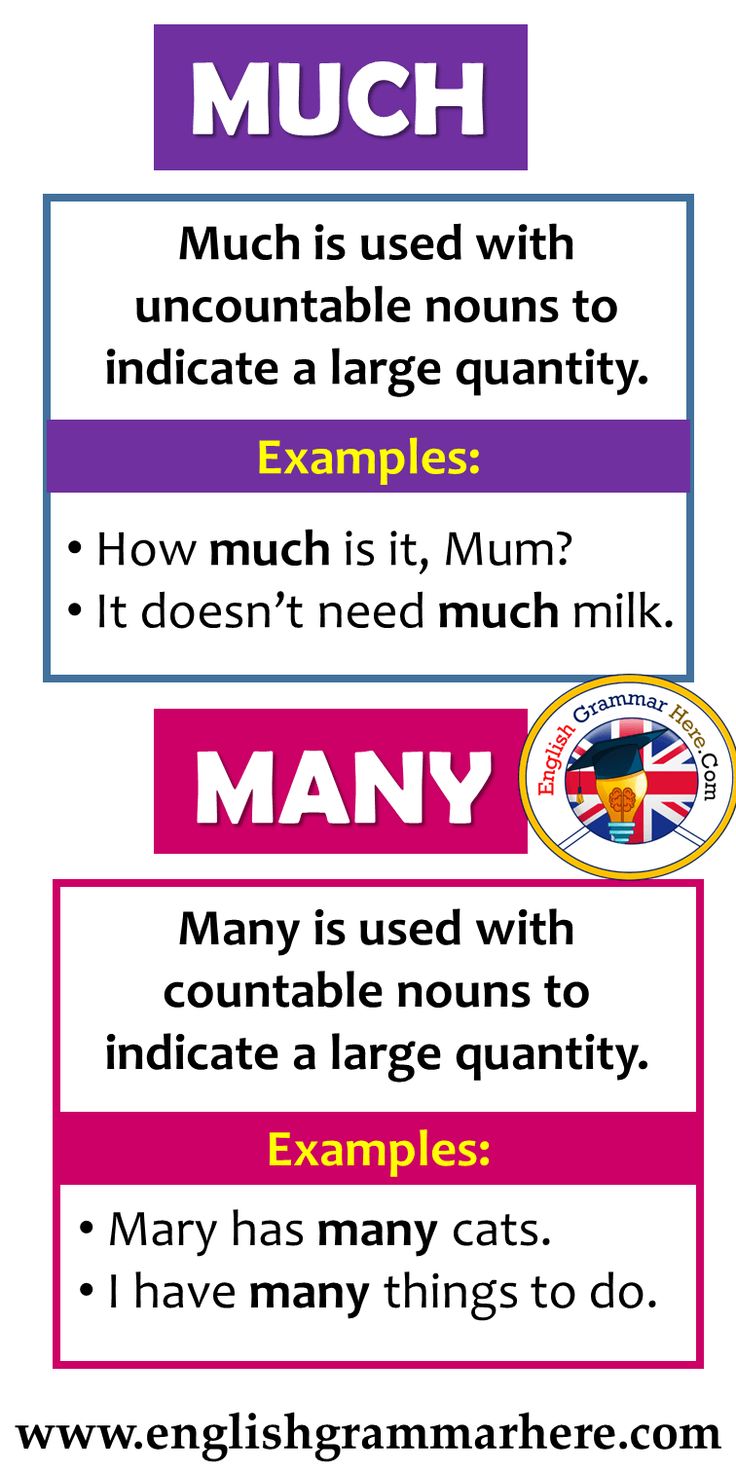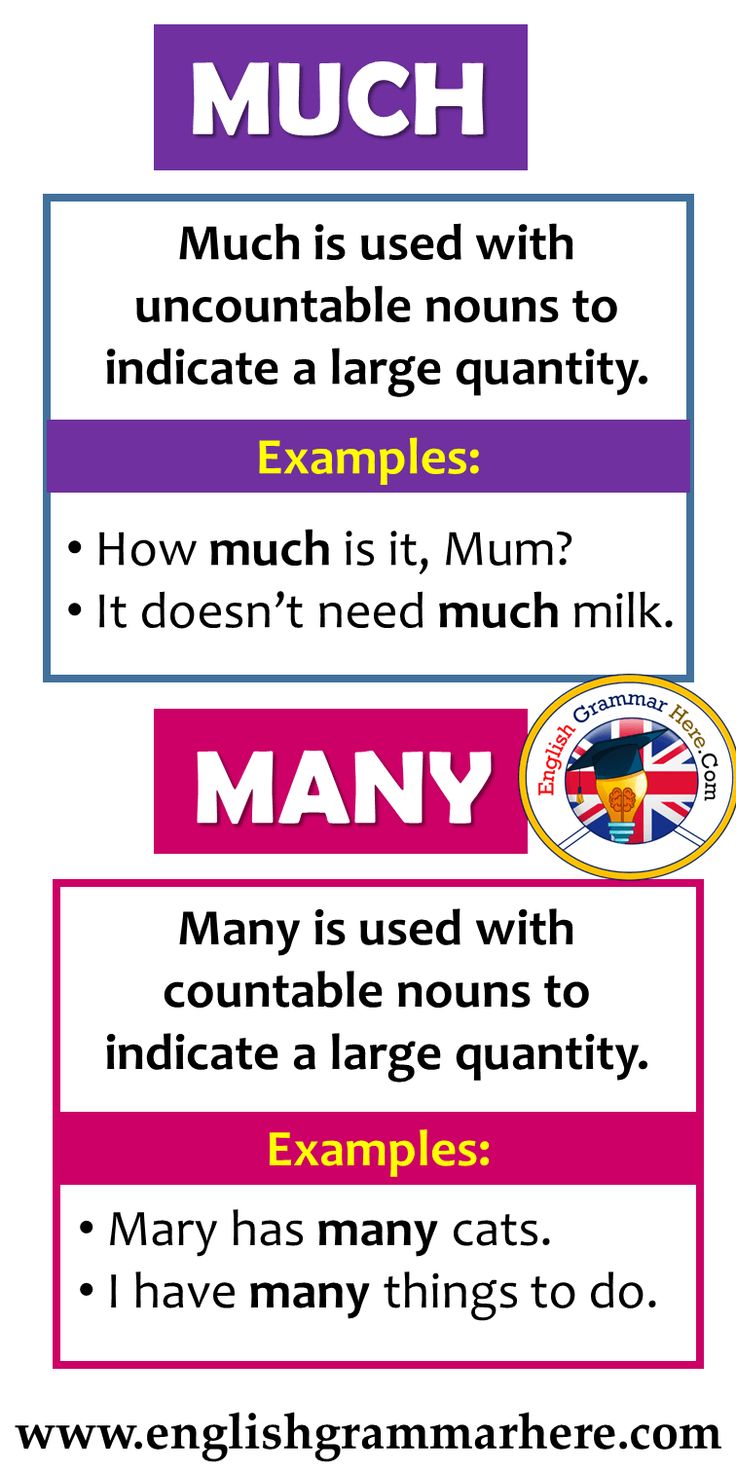How Much Can I Tow With Jeep Wrangler: Unlocking Your Adventure Vehicle’s Towing Potential
How Much Can I Tow With Jeep Wrangler: Unlocking Your Adventure Vehicle’s Towing Potential jeeps.truckstrend.com
The Jeep Wrangler is an icon, synonymous with rugged off-road capability, open-air freedom, and a spirit of adventure. It’s the vehicle many dream of for exploring remote trails or cruising with the top down. But beyond its legendary prowess on challenging terrain, a common question arises for current and prospective owners: How much can I tow with a Jeep Wrangler?
Understanding your Wrangler’s towing capacity isn’t just about hauling your toys; it’s crucial for safety, legal compliance, and preserving the longevity of your beloved vehicle. Pushing past your Jeep’s limits can lead to dangerous instability, accelerated wear and tear on vital components, and even catastrophic failure. This comprehensive guide will delve deep into the nuances of Wrangler towing, equipping you with the knowledge to tow safely and confidently.
How Much Can I Tow With Jeep Wrangler: Unlocking Your Adventure Vehicle’s Towing Potential
Understanding Towing Capacity: More Than Just a Number
Before we discuss specific figures for how much you can tow with a Jeep Wrangler, it’s essential to grasp the terminology involved. Towing capacity isn’t just a single number; it’s part of a system of ratings designed to ensure safe operation.
- Towing Capacity: This is the maximum weight a vehicle can safely pull, including the trailer and its cargo.
- Gross Vehicle Weight Rating (GVWR): The maximum permissible total weight of your fully loaded vehicle, including passengers, cargo, and any accessories.
- Gross Axle Weight Rating (GAWR): The maximum weight that can be supported by a single axle (front or rear).
- Gross Combined Weight Rating (GCWR): The maximum permissible total weight of your vehicle AND the fully loaded trailer combined. This is the ultimate limit you must never exceed.
- Tongue Weight: The downward force exerted by the trailer’s coupler on the hitch ball of the tow vehicle. It typically should be 10-15% of the total trailer weight. Too little or too much tongue weight can cause severe instability (trailer sway).

All these ratings are found on a sticker, usually on the driver’s side door jamb, or in your owner’s manual. Always consult these official sources for your specific vehicle.
Factors Influencing Jeep Wrangler Towing Capacity
The answer to "How much can I tow with a Jeep Wrangler?" isn’t one-size-fits-all. Several key factors significantly impact a specific Wrangler’s maximum towing capability:
-
Body Style (2-Door vs. 4-Door Unlimited): This is perhaps the most significant differentiator.
- 2-Door Wranglers: Due to their shorter wheelbase and lighter curb weight, 2-door models (JL, JK, TJ, YJ) generally have a lower towing capacity, typically around 2,000 lbs (907 kg). Their short wheelbase can also make them more susceptible to trailer sway.
- 4-Door Wrangler Unlimited: The longer wheelbase and increased stability of the 4-door Unlimited models allow for a substantially higher towing capacity, commonly reaching 3,500 lbs (1,588 kg). Some specific configurations might push this slightly higher, but 3,500 lbs is the widely accepted maximum for most modern Unlimited models.

-
Engine Type: While the overall limit is often dictated by the chassis for 4-door models, different engines provide varying levels of power and torque, impacting towing performance.
- 3.6L Pentastar V6: The long-standing workhorse, offering reliable power for its rated capacity.
- 2.0L Turbo I4: Offers strong low-end torque, making it a capable tow engine within the Wrangler’s limits.
- 3.0L EcoDiesel V6 (discontinued in newer models): Provided excellent torque for towing, often with a smoother feel.
- 4xe Plug-in Hybrid: Combines electric and gasoline power for impressive torque, maintaining the 3,500 lb capacity for Unlimited models.
- 6.4L V8 (Rubicon 392): While powerful, the 392’s towing capacity remains at 3,500 lbs due to the limitations of the Wrangler’s chassis and cooling systems.
-
Transmission: Both automatic and manual transmissions are offered. Generally, automatic transmissions are preferred for towing due to their smoother power delivery and often better cooling capabilities, sometimes allowing for slightly higher capacities or better performance.
-
Axle Ratio: This is crucial. A lower (higher numerical) axle ratio means the engine spins faster for a given wheel speed, providing more torque to the wheels. This is beneficial for towing. Wranglers typically come with various ratios (e.g., 3.45, 3.73, 4.10, 4.56, 4.88). While lower ratios aid towing, they don’t necessarily increase the maximum rated capacity beyond the vehicle’s overall design limit, but they make reaching that limit easier and more efficient.
-
Factory Tow Package: Many Wranglers can be optioned with a factory tow package. This typically includes a Class II or III receiver hitch, a 7-pin wiring harness (for trailers with electric brakes), and often a heavier-duty alternator and upgraded engine cooling. This package is highly recommended if you plan to tow.

Typical Towing Capacities by Wrangler Model and Configuration
To answer "How much can I tow with a Jeep Wrangler" more directly, here’s a general overview of capacities for recent generations. Always verify with your specific vehicle’s owner’s manual.
| Jeep Wrangler Model/Generation | Body Style | Engine Type | Standard Axle Ratio | Max Towing Capacity (lbs) | Notes |
|---|---|---|---|---|---|
| JL (2018-Present) | 2-Door | 3.6L V6 | 3.45 | 2,000 | Shorter wheelbase limits capacity. |
| 2-Door | 2.0L Turbo | 3.45 | 2,000 | ||
| 4-Door | 3.6L V6 | 3.45, 3.73, 4.10 | 3,500 | Most common configuration for higher capacity. Varies with axle ratio. | |
| 4-Door | 2.0L Turbo | 3.45, 3.73 | 3,500 | ||
| 4-Door | 3.0L EcoDiesel | 3.73 | 3,500 | Discontinued, but excellent low-end torque for towing. | |
| 4-Door | 4xe Hybrid | 3.73 | 3,500 | Combines electric and gas power. | |
| 4-Door | 6.4L V8 (392) | 3.73 | 3,500 | Powerful engine, but chassis limits capacity to same as other 4-doors. | |
| JK (2007-2017) | 2-Door | 3.8L V6, 3.6L V6 | 3.21, 3.73 | 2,000 | Similar limits to JL 2-door. |
| 4-Door | 3.8L V6, 3.6L V6 | 3.21, 3.73 | 3,500 | First generation of the 4-door Unlimited with 3,500 lb capacity. | |
| TJ (1997-2006) | 2-Door | 2.5L I4, 4.0L I6 | Varies | 1,000 – 2,000 | Generally lower capacity, 2,000 lbs with 4.0L and proper gearing/hitch. |
| YJ (1987-1995) | 2-Door | 2.5L I4, 4.2L I6, 4.0L I6 | Varies | 1,000 – 2,000 | Similar to TJ, depending on engine and configuration. |
Note: The capacities listed are maximums and assume a properly equipped vehicle with a factory tow package (if applicable) and correct hitch setup. Always check your specific vehicle’s owner’s manual and door jamb sticker for the precise ratings for your VIN.
Essential Towing Equipment for Your Wrangler
To safely tow with your Jeep Wrangler, you’ll need the right gear:
- Trailer Hitch Receiver: Most 4-door Wranglers come with an integrated Class II or III receiver or can have one installed. A Class II hitch is rated up to 3,500 lbs, perfect for most Wranglers.
- Wiring Harness: A 4-pin connector is sufficient for basic trailer lights. For trailers with electric brakes (typically required for trailers over 1,000-2,000 lbs depending on local laws), you’ll need a 7-pin connector and a factory tow package or aftermarket installation that supports it.
- Trailer Brake Controller: If your trailer has electric brakes, a brake controller (mounted in your Wrangler’s cabin) is essential. It allows you to activate the trailer’s brakes, significantly improving stopping power and stability.
- Weight Distribution Hitch (WDH): For heavier loads (closer to the 3,500 lb limit) or trailers that cause significant sag in your Wrangler’s rear, a WDH helps distribute the trailer’s tongue weight more evenly across all axles of both the tow vehicle and the trailer. This improves stability, handling, and braking.
- Properly Rated Ball Mount and Hitch Ball: Ensure these components are rated for or exceed your trailer’s weight.
- Extendable Towing Mirrors: For larger trailers, these improve visibility around your load, crucial for safety.
Safe Towing Practices with a Jeep Wrangler
Knowing how much you can tow is only half the battle; knowing how to tow safely is paramount.
- Read Your Manual: This cannot be stressed enough. Your owner’s manual contains specific instructions, warnings, and capacity ratings for your exact Wrangler.
- Know Your Weights: Never guess. Use a public scale (like at a truck stop or recycling center) to weigh your loaded trailer, your loaded Wrangler, and ideally, your tongue weight.
- Pre-Trip Inspection: Before every tow, check:
- Tire pressure on both Wrangler and trailer.
- All lights (brakes, turn signals, running lights) work.
- Hitch connection is secure, safety chains are crossed, and the breakaway cable is attached.
- Trailer load is balanced (heavier items low and forward, approximately 60% of cargo weight in the front half of the trailer).
- Adjust Driving Habits:
- Slow Down: Reduce your speed, especially on winding roads, descents, or in adverse weather.
- Increase Braking Distance: Your stopping distance will be significantly longer.
- Wider Turns: Account for the trailer’s path.
- Monitor Temperatures: Keep an eye on your engine temperature gauge, especially on inclines.
- Use Lower Gears: Downshift on descents to use engine braking and prevent brake fade.
- Maintenance: Ensure your Wrangler’s brakes, tires, transmission fluid, and engine coolant are in excellent condition. Towing puts extra strain on these components.
Challenges and Considerations When Towing with a Wrangler
While the Wrangler Unlimited can tow a respectable amount, it’s not a heavy-duty tow rig like a full-size truck.
- Short Wheelbase (2-Door Models): The short wheelbase of 2-door Wranglers makes them inherently less stable when towing. They are more prone to trailer sway, especially at higher speeds or in crosswinds. This is why their capacity is lower.
- Aerodynamics: The Wrangler’s iconic boxy shape is not aerodynamic. Towing large, boxy trailers (like travel trailers) will significantly increase drag, reduce fuel economy, and put more strain on the engine.
- Payload vs. Towing: Remember that your Wrangler’s payload capacity (the weight of passengers and cargo inside the vehicle) directly subtracts from its available towing capacity if you exceed the GVWR. Don’t overload your Jeep and try to tow a heavy trailer.
- Off-Road Tires and Lift Kits: While great for trails, aggressive off-road tires can reduce on-road stability, increase rolling resistance, and negatively impact fuel economy when towing. Lift kits can alter suspension geometry, potentially affecting handling and stability, and may even void warranties if not installed correctly. Towing with a significantly modified Wrangler requires extra caution and often professional advice.
Concluding Summary: Towing Smart with Your Wrangler
So, how much can I tow with a Jeep Wrangler? The answer largely depends on whether you have a 2-door (typically 2,000 lbs) or a 4-door Unlimited (typically 3,500 lbs). While the Wrangler may not be your first choice for hauling a fifth-wheel RV, it is surprisingly capable of towing many common recreational items, such as small utility trailers, pop-up campers, jet skis, small boats, or ATV trailers.
The key to safe and successful towing with your Jeep Wrangler lies in understanding its limitations, equipping it properly, and adhering to safe towing practices. By respecting your vehicle’s capabilities and following these guidelines, you can confidently expand your adventures, bringing more of your gear and toys along for the ride. Enjoy the versatility and freedom your Jeep Wrangler offers, both on and off the pavement!
Frequently Asked Questions (FAQ) About Jeep Wrangler Towing
Q1: Can a 2-door Jeep Wrangler tow 3,500 lbs?
A1: No, typically not. 2-door Jeep Wranglers (JL, JK, TJ, YJ) are generally rated for a maximum of 2,000 lbs (907 kg) due to their shorter wheelbase and overall design.
Q2: Do I need a trailer brake controller for my Jeep Wrangler?
A2: It depends on the weight of your trailer. Most states require a separate braking system for trailers over a certain weight (often 1,000-2,000 lbs). If your trailer has electric brakes, a brake controller is essential for safety and control, even if not legally required for smaller loads.
Q3: What kind of trailers can a 4-door Jeep Wrangler (3,500 lb capacity) typically tow?
A3: A 4-door Wrangler can comfortably tow small utility trailers, pop-up campers, teardrop trailers, jet skis, small fishing boats, ATV trailers with one or two ATVs, or small enclosed cargo trailers. Always check the loaded weight of your trailer against your Jeep’s capacity.
Q4: Does a Jeep Wrangler Rubicon have a higher towing capacity than other trims?
A4: Generally, no. While Rubicon models often come with lower (numerically higher) axle ratios that are beneficial for off-road torque and can assist in towing performance, the overall maximum towing capacity for a 4-door Rubicon remains 3,500 lbs, just like other 4-door Wrangler Unlimited trims. The chassis and cooling systems are the primary limiting factors.
Q5: Can I tow with a lifted Jeep Wrangler or one with oversized tires?
A5: While technically possible, it’s generally not recommended for optimal towing performance or safety. Lift kits and oversized tires can negatively impact stability, braking, and overall handling when towing. They can also put additional strain on drivetrain components. If you must tow with a modified Wrangler, proceed with extreme caution, reduce your speeds, and be aware of how the modifications affect your vehicle’s dynamics. Consult with a professional to ensure your setup is safe.
Q6: What is tongue weight, and why is it important for towing with a Wrangler?
A6: Tongue weight is the downward force the trailer exerts on your Wrangler’s hitch. It’s crucial for stability. Ideally, it should be 10-15% of the total loaded trailer weight. Too little tongue weight can cause severe trailer sway (fishtailing), while too much can overload your Wrangler’s rear axle, affecting steering and braking.

